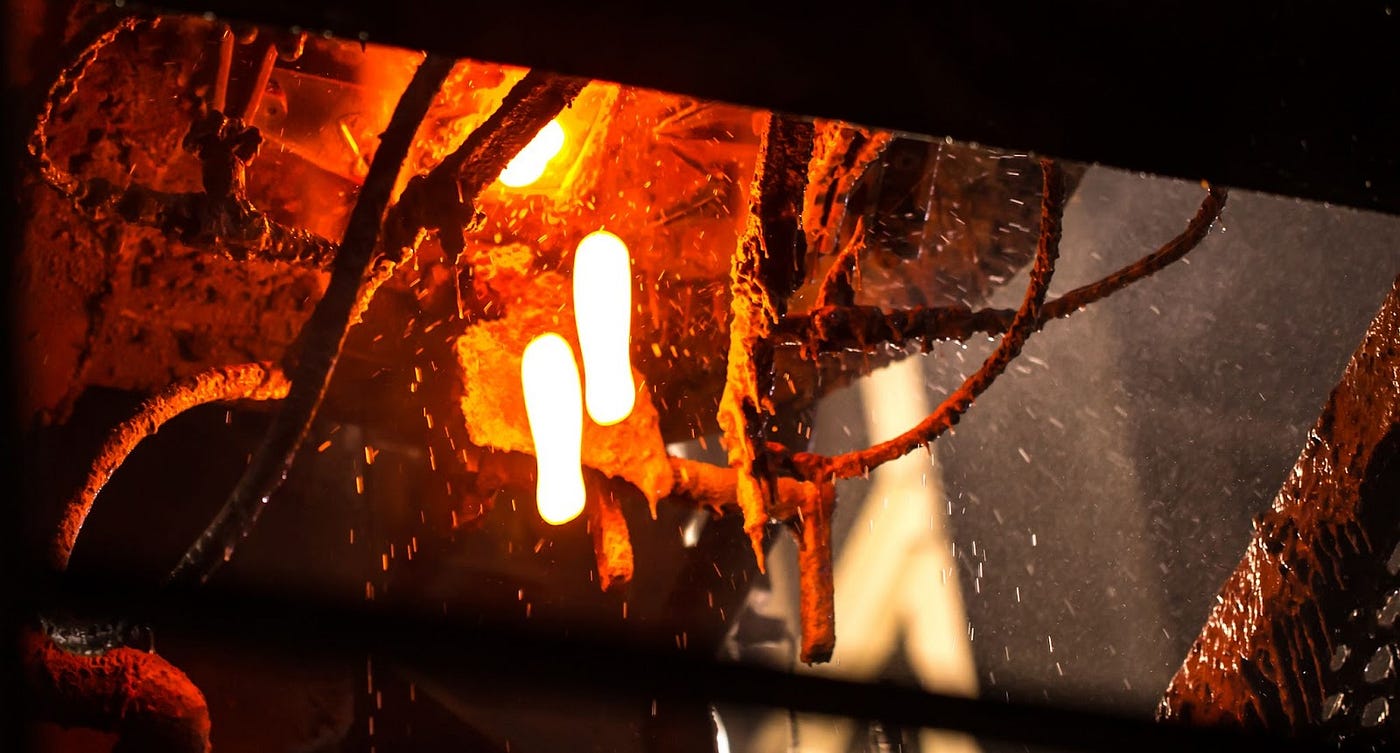- Wine Color/Type
- Top Occasions
- Unique Wines
- Surprise Me!
Why Wines Shouldn’t be Sold in Glass Bottles Anymore
Ever been seduced into buying a Napa Valley Cabernet or a full-bodied Italian Primitivo solely because the bottle felt like a barbell? Our mind subconsciously equates weight with quality.
However, the weight of the bottle has little to do with the quality of its contents. Furthermore, according to Fair n’Green, an ecological certification organization, a staggering 40% of a winery’s CO2 emissions can be traced back to heavy glass bottles. They report that saving each gram of weight produces approximately 0.8 grams of CO2. Producing 100,000 lighter bottles could save about 7 tonnes of CO2, not including the emissions from freight. These emissions arise from the high energy demands and logistical challenges associated with producing and shipping these bulky containers.
(Photo: OlgaStrelnikova/ stock.adobe.com)
In comparison, in the 1960s, Bordeaux’s elite, such as Château Lafite Rothschild, used bottles weighing approximately 600 grams. Today, those bottles have gained weight, but not wisdom. The claim that heavier bottles are less prone to breakage rings hollow when you consider that vintages from yesteryears still grace the cellars of lucky collectors.
Fast-forward to now: The American company Revino has rolled out an ambitious, circular system in Oregon. Partnering with over 30 producers, they’ve collectively re-purposed more than 2.4 million bottles, each weighing just 495 grams, with an estimated 50-use lifespan. Meanwhile in Europe, where a lightweight bottle tips the scales at a mere 420 grams, the Germans are pioneering universal bottles that encourage reuse. Once a glass bottle is reused thrice, its ecological footprint trumps even the PET plastic option.
The production of glass bottles require extremal amounts of energy
(Photo: Vera/stock.adobe.com)
Romania’s largest wine producer, Cramele Recas, is conducting tests to package their wines in PET bottles. Their studies reveal compelling advantages: more bottles fit in a truck, CO2 emissions plummet, and breakage is significantly reduced. The hiccup? Consumers are still enchanted by the allure of a heavy bottle.
Fresh Flavors in the Packaging Aisle
The packaging landscape is fizzing with innovation. Take FrugalPac, a paper bottle that weighs in at a featherlight 82 grams. Constructed from 94% recyclable paper and aluminum, it requires 77% less plastic and a carbon footprint six times smaller than its glass counterpart. Other eco-friendly front-runners include bag-in-box, KeyKegs, and canned wines, which make it easier for wineries to decrease their ecological footprint without diluting quality.
While it’s improbable that elite wines like Screaming Eagle or Domaine de la Romanée-Conti will swap their luxurious glass for paper, the likelihood of high-end producers trimming down their bottle weight is growing.
Leading the change are Jackson Family Wines and Torres, who have co-founded the “International Wineries for Climate Action” (IWCA). This initiative invites wineries to join hands in decarbonizing everything from vineyards and production sites to packaging. This holistic approach even incorporates employee commuting and electricity generation into its sustainability equation.
In the long run, glass bottles will continue to be important. However, it’s worth considering that not all wines necessitate glass packaging, especially those intended for immediate consumption. For some entry-level wines, the cost of the glass bottle, label and closure can sometimes exceed the cost of the wine itself. This raises the question: “Is this packaging format truly necessary for all wines?”
That said, glass bottles have their merits. They are inert, meaning they don’t interact chemically with the wine, and they allow minimal oxygen transmission. The only avenue for oxygen to pass is through the closure. Therefore, for high-quality and premium wines that are intended to mature and age in a cellar, glass bottles remain the best packaging option. Keeping this in mind, heavy glass bottles for entry level wines don’t seem premium anymore.
by Peter Douglas
Latest articles


